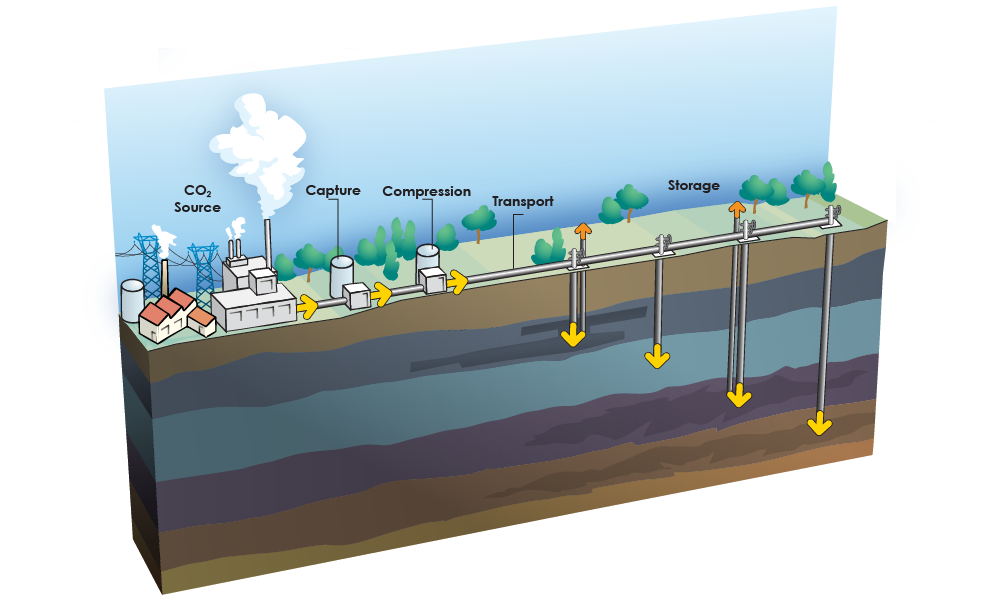Client Challenge: How to build an understanding of the potential impact on the power supply system if states used a mix of regional CO2 policies, some emission rate-based and others mass-based, to meet the requirements of the EPA’s proposed Clean Power Plan.
Solution: We designed a set of model scenarios using an enhanced version of NEMS created by OnLocation with the capability to represent a mix of regional CO2 policies. The scenarios included a mixed policies scenario with all mass-based regions except for one region with a target emissions rate, as well as a scenario with all mass-based regions and one with all rate-based regions for comparison purposes. All regions had parallel requirements such as stringency and type of generation eligible for policy credits (which included new natural gas generation). We also assumed that emissions credit trading was not allowed between regions with different CO2 policies, but electricity trading was allowed between all regions as in a business-as-usual case.
Result: The results of the mixed policies scenario were striking. The rate-based region built large amounts of new natural gas capacity, resulting in excess generation that was exported to neighboring mass-based regions. The rate-based region benefitted from the excess natural gas generation, which improved its ability to meet the target emissions rate and reduced the need to retire more carbon-intensive sources such as coal generation. Conversely, the mass-based regions benefitted by importing clean generation that could be used to reduce generation from more carbon-intensive sources. However, the resulting emissions from the rate-based region increased rather than decreased as originally intended, and the resulting net CO2 emissions across all regions were higher than in the comparison scenarios where all regions were treated the same, either mass-based or rate-based.


